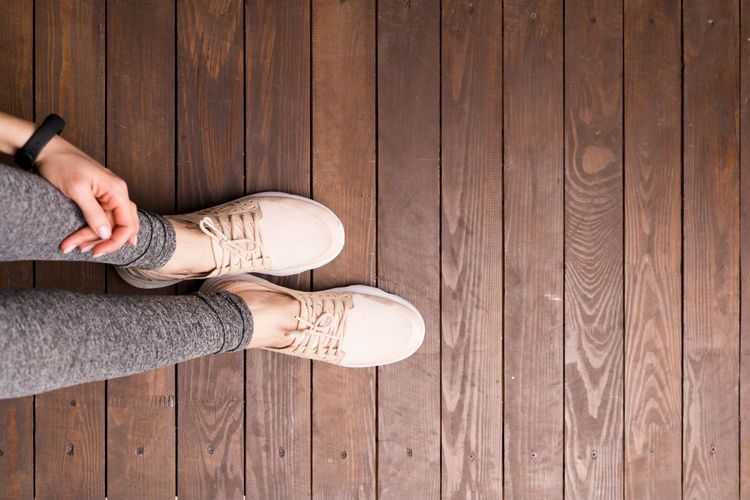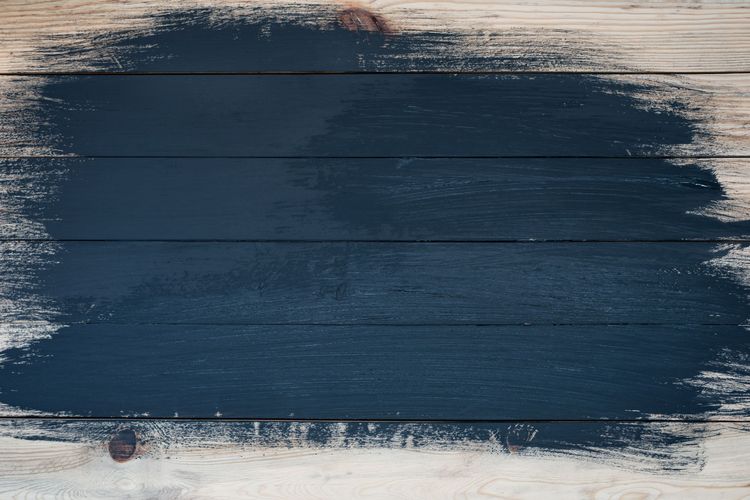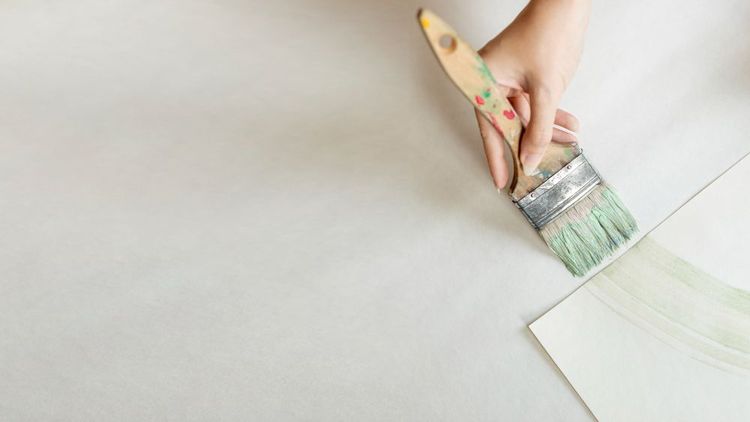Floor Varnish: The Best Finishes for Wooden Floors
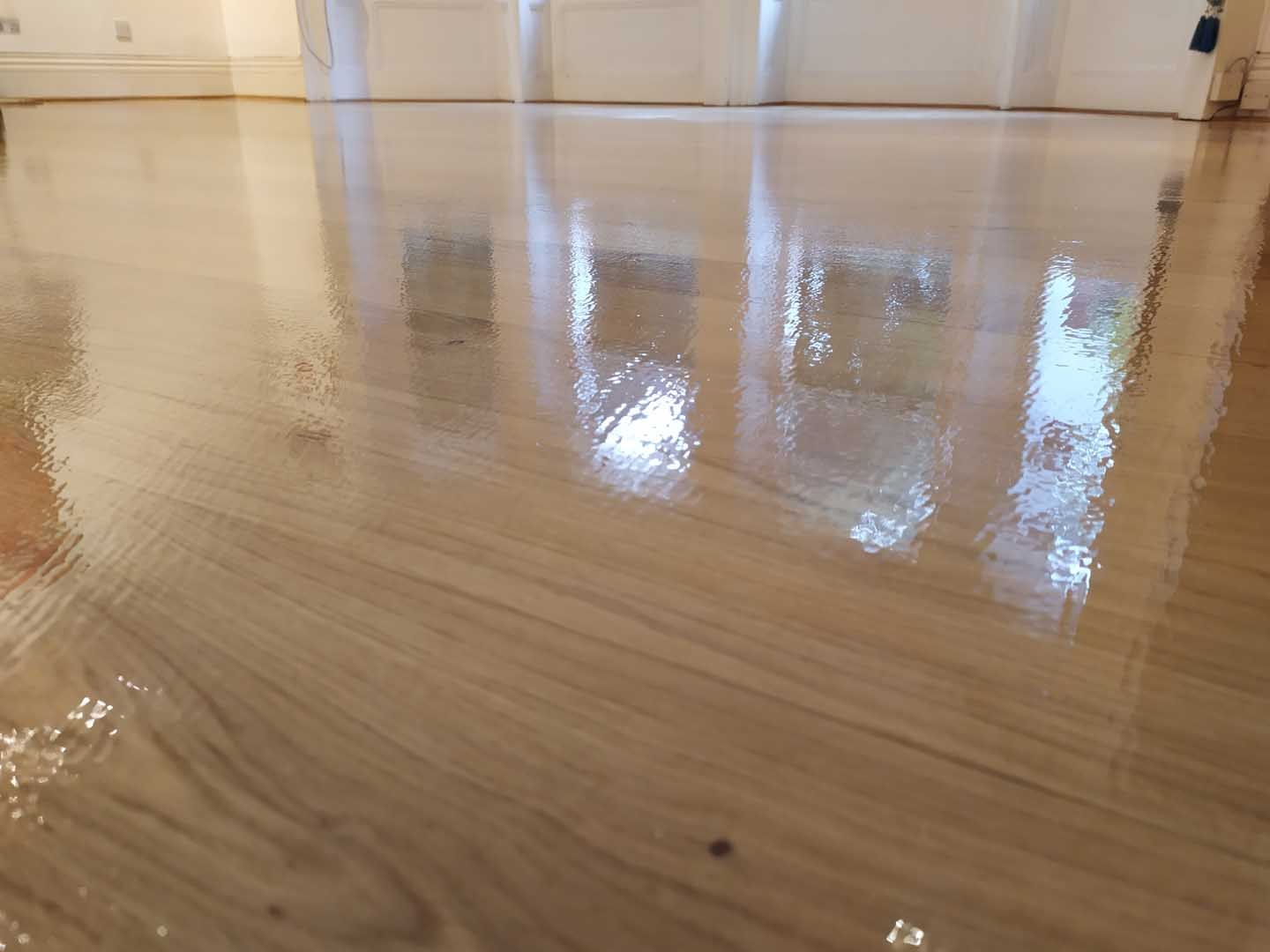
Preserving the natural beauty and luster of real wood over time is virtually impossible without a protective varnish. That’s why so many varnish types have been specifically developed for wooden flooring. Let’s take a closer look at the most commonly used options.
Alkyd Varnishes
These are based on organic solvents and alkyd resins. Their key advantages include excellent durability and resistance to moisture. One perceived downside is the long drying time—sometimes up to three days. However, this is actually a benefit: the slow curing process helps build a tougher and more resilient surface.
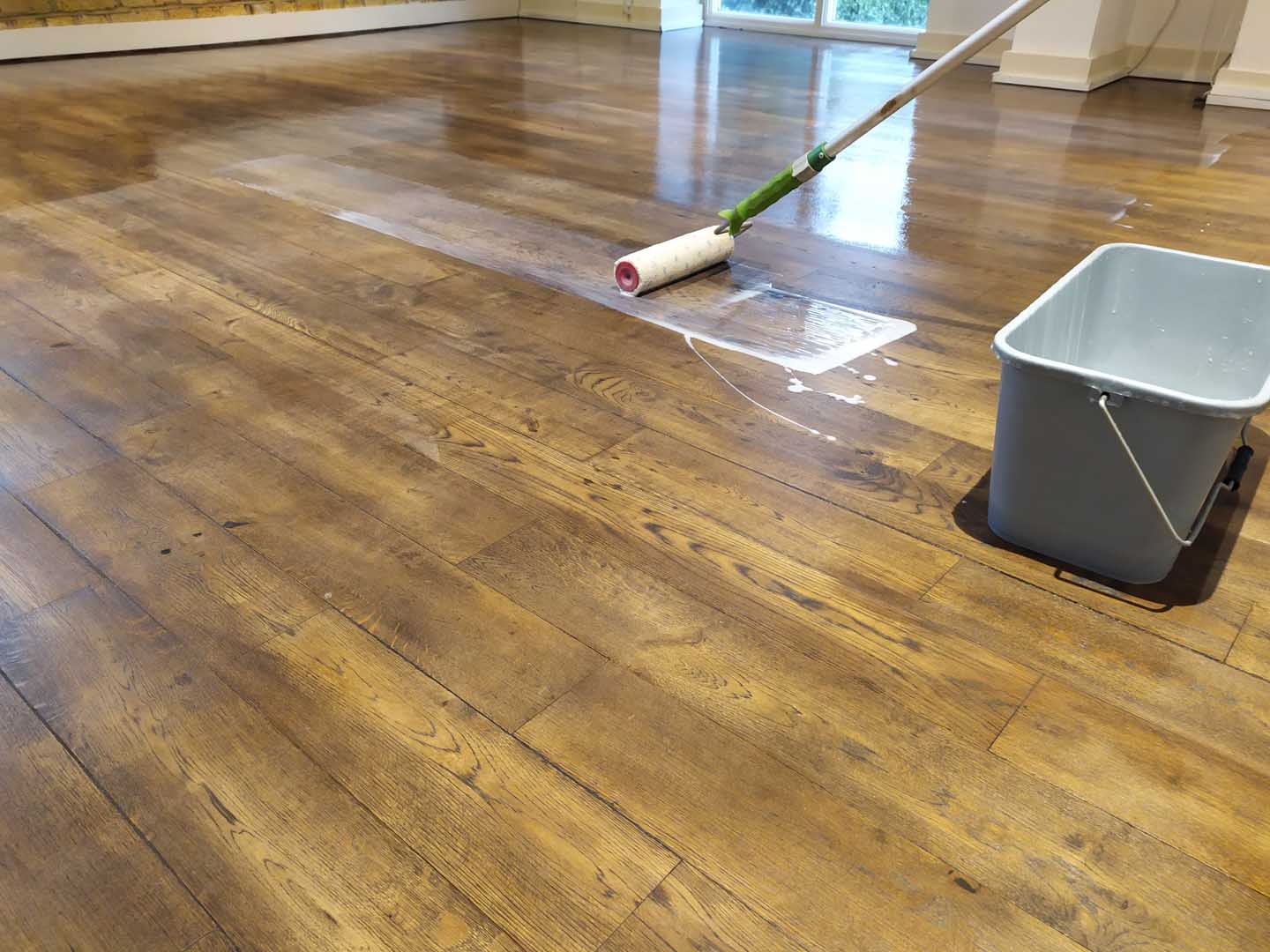
Alkyd-Urethane Varnishes
A modernized version of standard alkyd varnishes, these include urethane modifiers that dramatically reduce drying time to around 12 hours. Crucially, this faster drying does not compromise the varnish’s strength—it performs almost identically to traditional alkyd formulations.
Oil-Based Varnishes
Made from natural oils, resins, and organic solvents, oil-based varnishes provide a rich, warm finish. They can enhance the color of the wood, ranging from light golden hues to deep browns. Drying can take several days, but the resulting surface is strong and long-lasting.
Note: The oil content should be above 65% for use on floors—lower concentrations aren’t suitable.
Nitrocellulose Varnishes
Known for their rapid drying time, these varnishes contain volatile solvents and plasticizers. However, they are hazardous to health and must be used with caution—always ventilate the area and wear a respirator. Once cured, they leave a thin protective layer and typically require multiple coats (usually more than two) for adequate durability.
Water-Based Acrylic Varnishes
This is a popular choice for indoor use, thanks to its low odor and eco-friendly composition—water is used as the solvent. These varnishes preserve the natural color and grain of the wood with minimal alteration. Typically applied in 2–3 coats, they offer decent protection and dry quickly.
Finish options include:
- Matte
- Gloss
- Satin (semi-matte)
- Semi-gloss
Key benefits of water-based varnishes:
- Low toxicity
- No noticeable odor
- Fast drying time
- Long-term color stability
In short, odorless, fast-drying water-based varnishes are an excellent choice for parquet and hardwood floors, especially in residential settings.
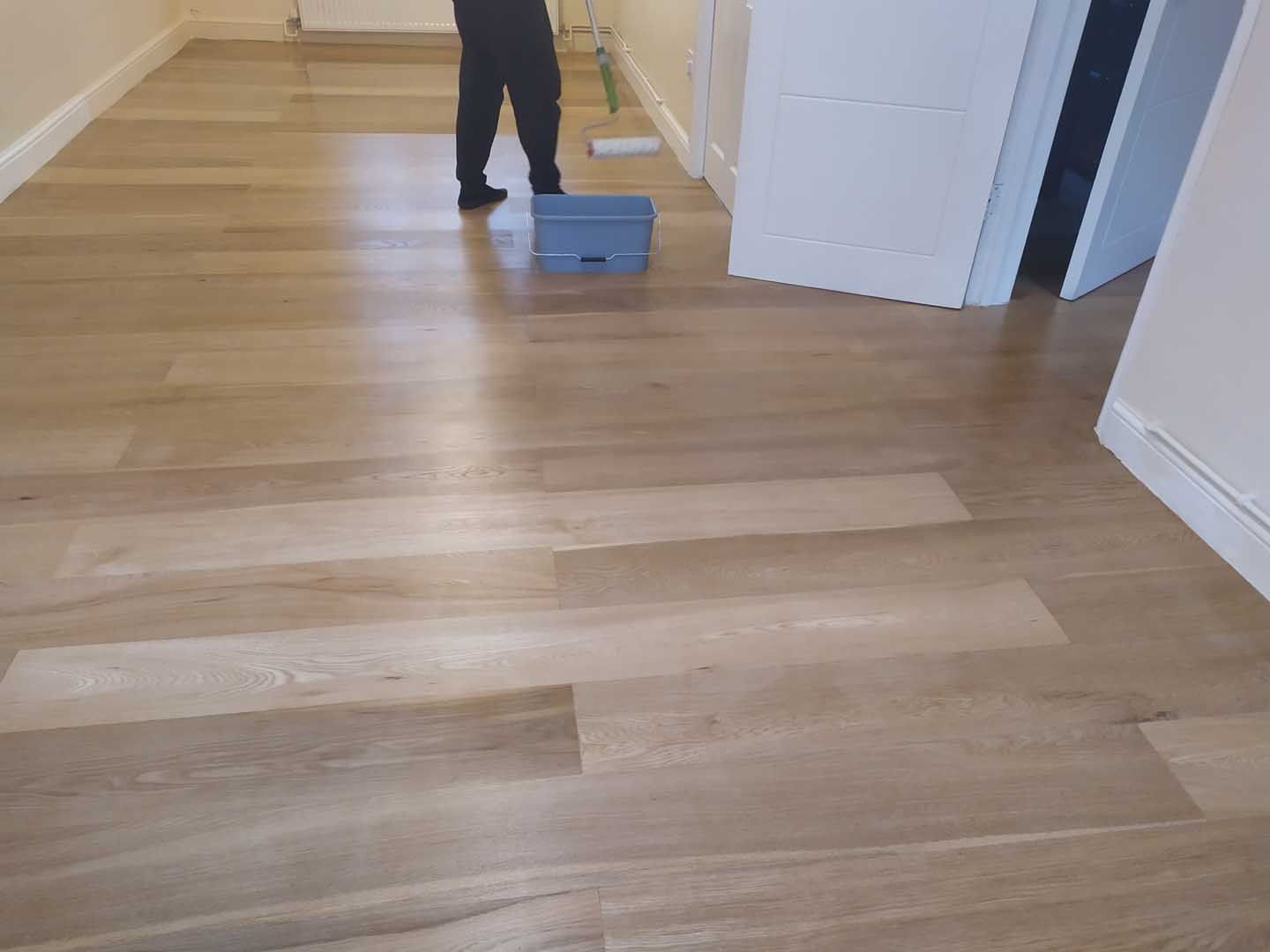
Polyurethane Varnishes
When fully cured, these varnishes offer exceptional wear resistance and moisture protection. Due to their strength, they are widely used on parquet floors made from premium hardwoods. Though more expensive, their performance justifies the cost in high-traffic or high-value areas.
Epoxy Varnishes
Highly versatile and suitable for both interior and exterior use, epoxy varnishes form an extremely tough and waterproof coating. They dry quickly and provide a high level of protection against wear and moisture.
Alcohol-Based Varnishes
Ideal when time is limited, alcohol-based varnishes dry very quickly and can be layered in rapid succession. They are made with organic compounds and are considered environmentally safe. Due to the fast evaporation of alcohol, they leave behind a smooth, glossy finish. However, their resistance to moisture is relatively modest.
Yacht Varnish
One of the most popular and accessible finishes for wood, yacht varnish offers great value for money. Made with an alkyd-polyurethane base, it provides high resistance to abrasion, UV rays, and temperature changes. Its flexibility makes it ideal for surfaces subject to slight movement or deformation, maintaining a consistent appearance over time.
Final Thoughts
Each of these floor varnishes offers reliable protection, but none are universally “better” than the others. The ideal choice depends on the specific conditions, type of wood, and usage environment. Even the most durable varnish won’t offer long-term protection without proper floor care and maintenance.

